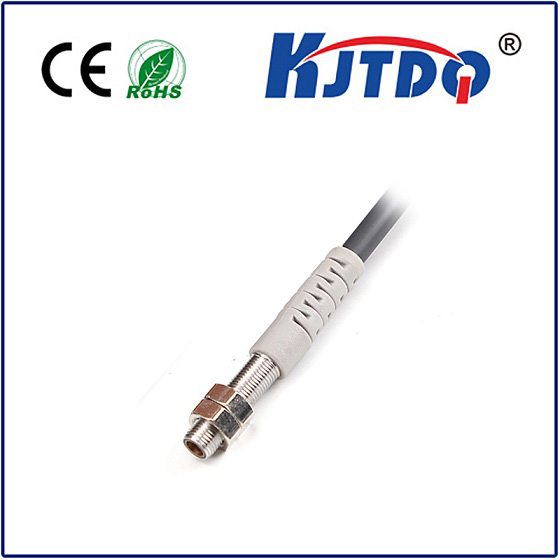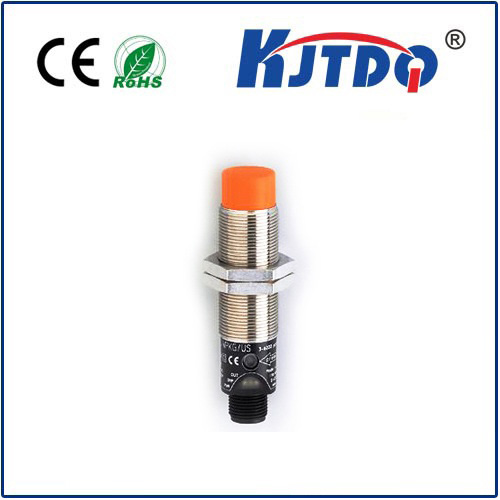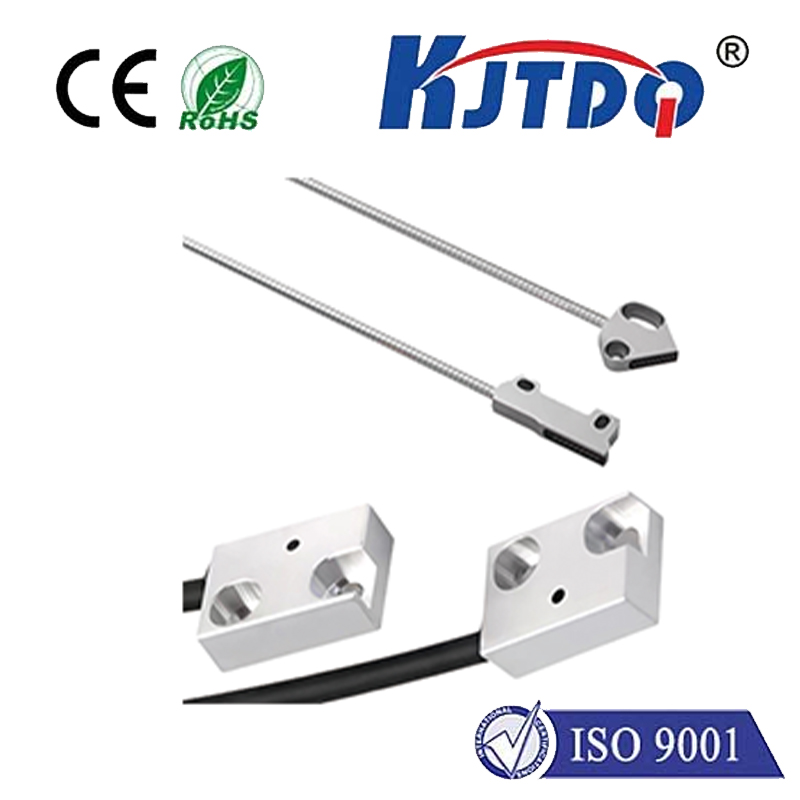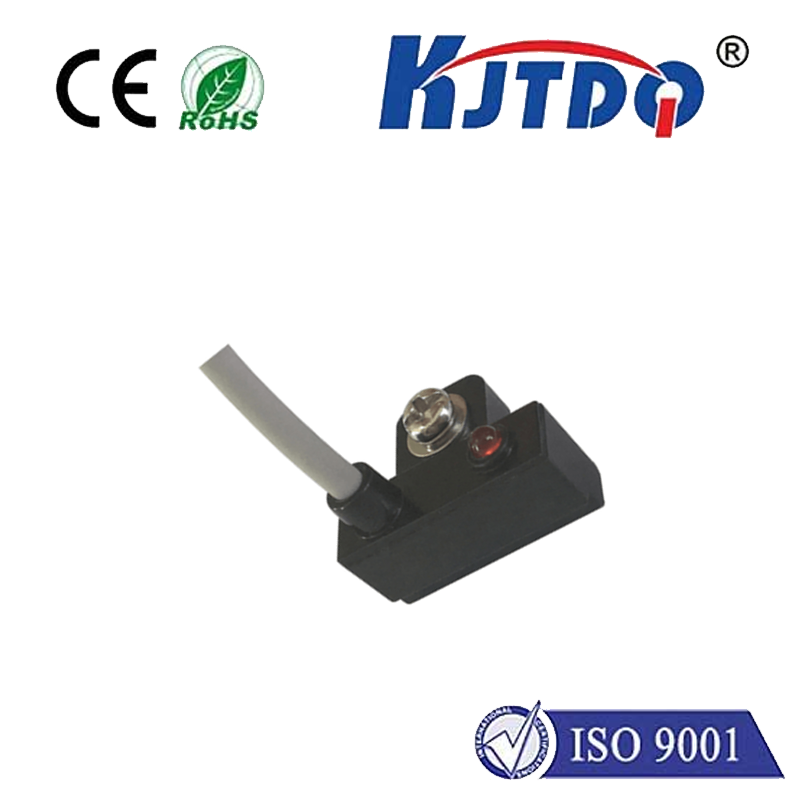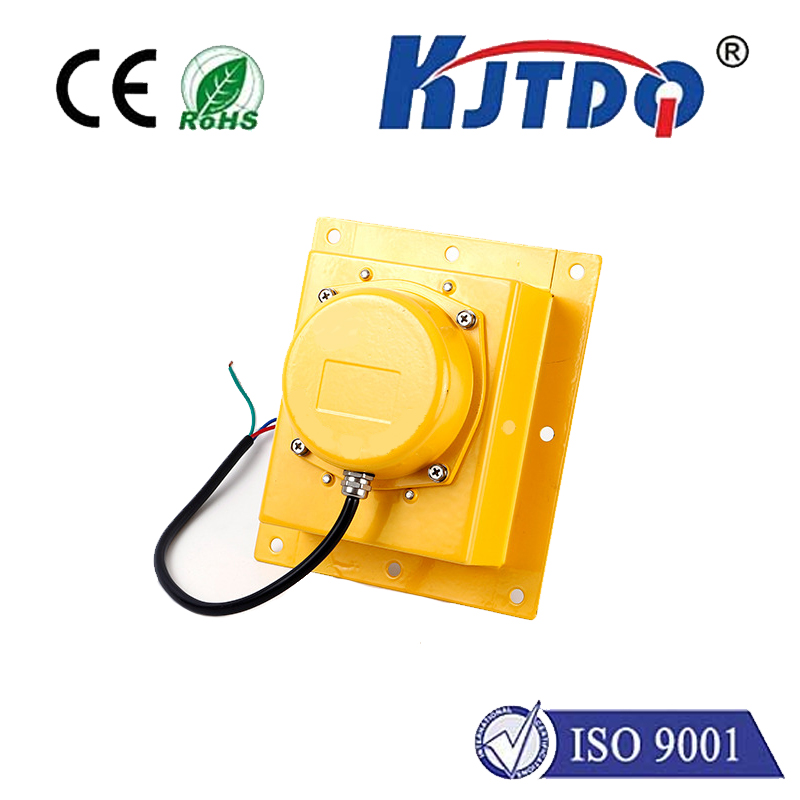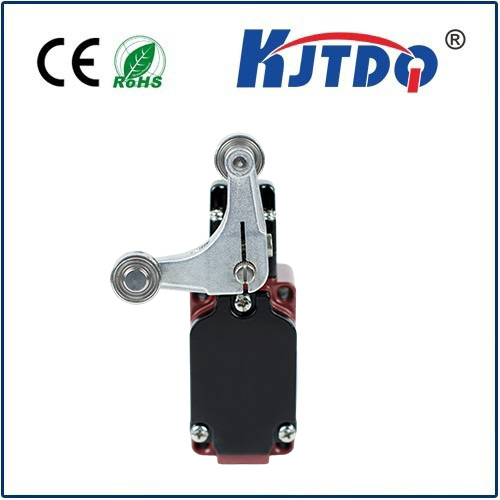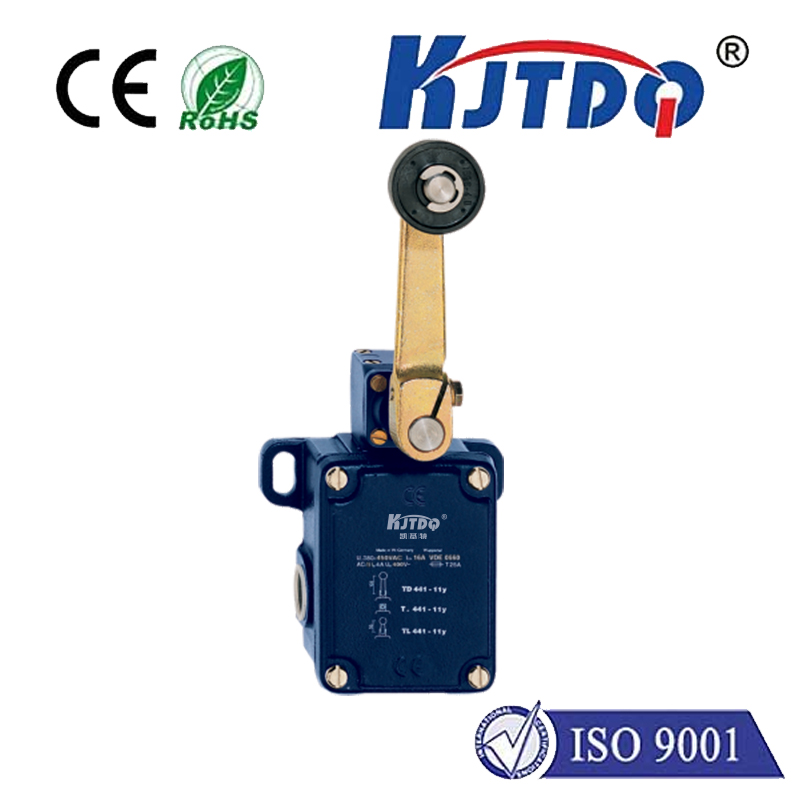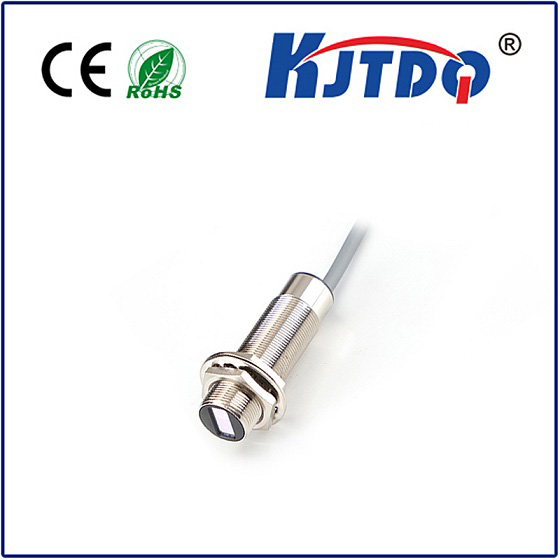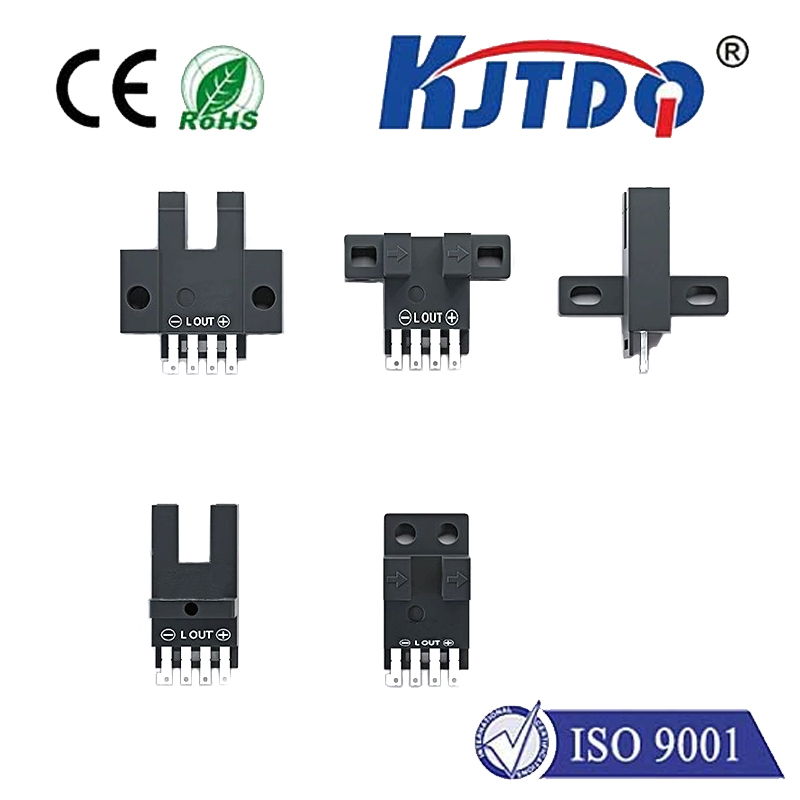the photo sensor
- time:2025-07-25 01:42:01
- Click:0
How Photo Sensors Work: The Magic of Light Detection
Imagine a world where machines could “see” light. Not like our eyes perceive colors and shapes, but in a fundamental way: detecting its presence, measuring its intensity, even distinguishing its wavelength. This is the remarkable domain of the photo sensor – a ubiquitous yet often invisible technology that silently shapes our modern world. From the smartphone in your pocket recognizing ambient light to industrial robots performing intricate tasks, photo sensors translate the language of photons into the electrical signals that power our digital age.
At its most fundamental level, a photo sensor is a transducer. Its core function is to convert light energy (photons) into electrical energy (electrons). This conversion hinges primarily on the photoelectric effect, a phenomenon famously explained by Einstein where incident light ejects electrons from a material. Photo sensors harness this effect using photosensitive semiconductor materials like silicon, gallium arsenide, or indium gallium arsenide.

The specific mechanism and resulting electrical output define the major types of photo sensors:
- Photodiodes: Perhaps the most common and fundamental type. Photodiodes operate in reverse bias. When light strikes the semiconductor junction, it generates electron-hole pairs. The applied electric field sweeps these charge carriers apart, creating a photocurrent proportional to the incident light intensity. They are highly responsive, relatively fast, and excel in precision light measurement applications like spectrometers and medical devices.
- Phototransistors: Offering amplification alongside sensitivity. Think of them as photodiodes coupled with a transistor. The photocurrent generated by the internal photodiode acts as the base current for the transistor. This inherent amplification means phototransistors can detect much lower light levels than basic photodiodes but are generally slower. They are staples in applications like object detection (sensing presence/absence), opto-isolators, and simple light-activated switches.
- Photoresistors (LDRs - Light Dependent Resistors): Simpler and cost-effective. These components change their electrical resistance based on light exposure. Typically made from cadmium sulfide (CdS), their resistance decreases significantly as light intensity increases. While slower and less precise than other types, their simplicity makes them ideal for basic applications like automatic night lights, photographic light meters (older models), and dusk-to-dawn controllers.
- Photovoltaic Cells (Solar Cells): Designed specifically for energy generation. They generate a voltage (and current) directly when exposed to light without needing an external power source. Operating on the same photoelectric principle, their structure is optimized to maximize power output rather than speed or sensitivity. Their primary domain is, unsurprisingly, renewable energy generation.
- Image Sensors: Representing the pinnacle of complexity. These integrated circuits contain millions of individual photosites (microscopic photodiodes) arranged in an array. Each photosite captures the light intensity at a specific point, and sophisticated circuitry reads these values sequentially. The data is processed to reconstruct a detailed digital image or video. This is the technology enabling digital cameras, smartphone cameras, medical imaging, and machine vision systems.
Photo sensors are indispensable across a staggering range of industries:
- Consumer Electronics: Automatic brightness adjustment on smartphones/laptops (ambient light sensors), touchscreens (IR proximity sensors), remote controls (IR receivers), digital cameras (image sensors), optical mouse sensors.
- Industrial Automation: Object detection on assembly lines (sensors count parts, detect position), barcode scanning, quality control (inspecting for defects, color consistency), position sensing in machinery, safety systems (light curtains preventing access).
- Automotive: Rain-sensing wipers, automatic headlights, lane departure warning systems (camera-based), parking sensors, adaptive cruise control.
- Medical Technology: Pulse oximeters measuring blood oxygen, medical imaging (X-ray detectors, endoscope cameras), laboratory analyzers.
- Security: Motion detectors (PIR sensors often coupled with photo sensors), intrusion alarms, surveillance cameras.
- Environmental Monitoring: Weather stations measuring sunshine duration, air quality sensors detecting particulates via light scattering.
Choosing the right photo sensor is crucial and depends heavily on the application:
- Spectral Response: Does the sensor need to see visible light, infrared (IR), ultraviolet (UV), or a specific band? Different materials are sensitive to different wavelengths. Silicon works well for visible light, specialized materials are needed for IR or UV.
- Sensitivity/Range: What level of light intensity needs detection? Phototransistors or avalanche photodiodes are needed for very low light. Photoresistors handle broad daylight well.
- Response Speed: How quickly must the sensor react to changes in light? Photodiodes are very fast (nanoseconds), phototransistors are slower (microseconds), photoresistors are slowest (milliseconds). Image sensors need high speed for video.
- Output Type: What electrical signal is required? Current (photodiode), amplified current (phototransistor), voltage/resistance (photoresistor, solar cell), digital data (image sensor).
- Linearity: Does the output need to be strictly proportional to light intensity? Critical for measurement; photodiodes are excellent here.
- Environmental Factors: Temperature stability, resistance to humidity or vibration? Industrial sensors need ruggedness.
- Cost and Size: Constraints on budget or physical footprint? Photoresistors are cheapest and often larger, image sensors are complex ICs.
The magic of the photo sensor lies in its elegant bridging of the physical and digital worlds. By translating light, one of the universe’s fundamental energies, into quantifiable electrical signals, it empowers machines with a crucial form of perception. Whether enabling the convenience of automatic lighting, the safety features in modern vehicles, the precision of robotic manufacturing, or the wonder of capturing a digital photograph, the humble photo sensor remains an unsung hero driving technological progress. Its evolution continues, promising ever-greater sensitivity, speed, miniaturization, and integration, ensuring it will illuminate the path towards increasingly sophisticated and responsive automated systems.






